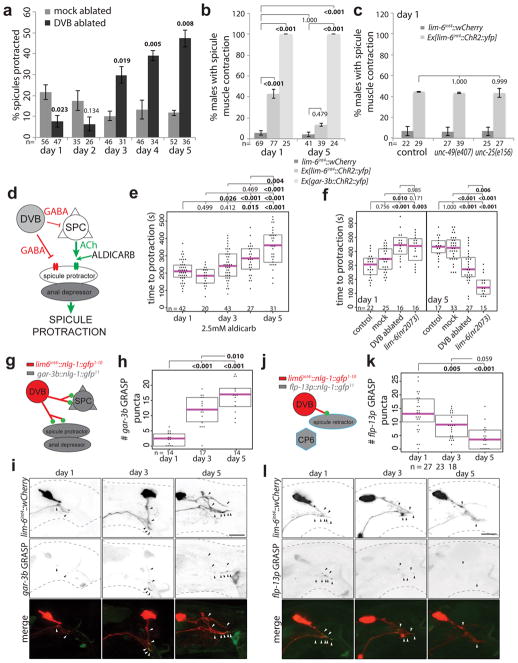Fig. 2. DVB neuron undergoes a functional switch in adulthood resulting in dynamic behavioral output.
(a) Percent of mock or DVB-ablated males with chronically protracted spicules 20 hours after ablation at day indicated (mean +/− S.E.M., two-tailed Student’s t-test). (b) Percent of worms responding to 488nm light with movement of spicules for control, Ex[lim-6int4::ChR2::yfp], and Ex[gar-3b::ChR2::yfp](mean +/− S.E.M., one-way ANOVA and post-hoc Tukey HSD). (c) Percent of worms with or without Ex[lim-6int4::ChR2::yfp] responding to blue light with spicule movement at day 1 in control, unc-49(e407), and unc-25(e156) males (mean +/− S.E.M., one-way ANOVA and post-hoc Tukey HSD). (d) Diagram of GABA and acetylcholine input onto spicule muscles showing site of aldicarb action. (e) Males on 5mM aldicarb media timed for spicule protraction >5s (dot=one animal, magenta bar=median, and boxes=quartiles, one-way ANOVA and post-hoc Tukey HSD (true for f, h, and k)). (f) Control, mock-, DVB-ablated, or lim-6(nr2073) mutant males timed for aldicarb-induced spicule protraction 12 hours after ablation. (g) Diagram of gar-3b GRASP. (h) Quantification and (i) confocal images of gar-3b GRASP puncta. (j) Diagram of flp-13p GRASP. (k) Quantification and (l) confocal images of flp-13p GRASP puncta.

